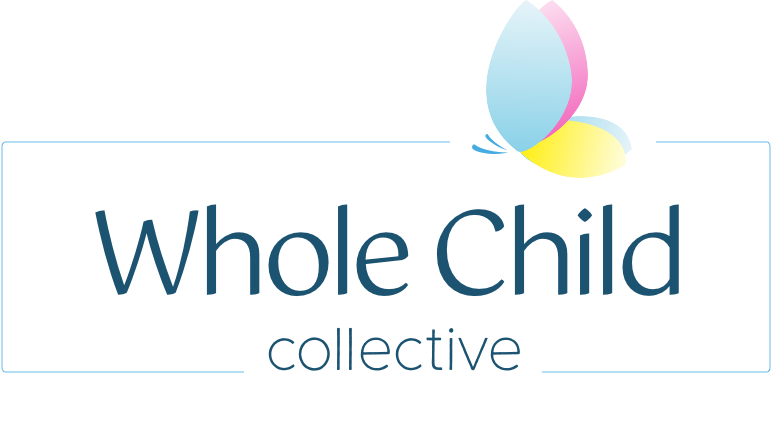Twice Exceptional
Evaluations for
Children & Teens
What is 2E?
Twice-Exceptional (2E) children and teens are both gifted and they have additional learning needs and/or ADHD. Evaluating twice-exceptional (2E) children and teens involves a comprehensive assessment process that identifies both giftedness and the presence of a learning or developmental disability. This dual identification is crucial to provide appropriate educational strategies that address both the strengths and challenges of 2E students.
Evaluating 2E
Evaluating twice-exceptional (2E) children and teens requires a nuanced and holistic approach that recognizes their complex profile of strengths and challenges. A comprehensive evaluation helps in designing educational plans that nurture their giftedness while addressing their learning disorders, thereby supporting their overall development and well-being.
What does a 2E evaluation include?
- Developmental History: Gathering detailed information about the child’s early development, including milestones, medical history, and family history.
- Educational History: Reviewing school records, previous assessments, and any reports from teachers or specialists. Understanding the child’s academic performance and areas of struggle.
- Behavioral Observations: Insights from parents, teachers, and other caregivers about the child’s behavior in various settings (home, school, social environments).
- IQ Testing: Administering standardized intelligence tests, such as the Wechsler Intelligence Scale for Children (WISC) or Stanford-Binet Intelligence Scales, to measure cognitive abilities across different domains (e.g., verbal comprehension, perceptual reasoning, working memory, processing speed).
- Strengths Identification: Identifying areas of exceptional ability, such as high verbal skills, mathematical reasoning, or creative thinking.
- Standardized Achievement Tests: Using tools like the Woodcock-Johnson Tests of Achievement or the Wechsler Individual Achievement Test (WIAT) to evaluate academic skills in reading, writing, mathematics, and other relevant areas.
- Comparing Achievement with Cognitive Abilities: Assessing whether academic performance aligns with cognitive potential, which can help identify discrepancies indicative of a learning disability.
- Reading, Writing, and Math Skills: Evaluating specific areas where the child may struggle, using detailed assessments tailored to dyslexia, dysgraphia, dyscalculia, or other learning disorders.
- Phonological Processing and Decoding Skills: Especially important for identifying dyslexia.
- Behavioral Checklists and Rating Scales: Tools like the Behavior Assessment System for Children (BASC3) or the Conners’ Rating Scales to evaluate behavioral issues, attention deficits, hyperactivity, anxiety, depression, and social skills.
- Emotional Functioning: Assessing emotional well-being, including self-esteem, anxiety, and mood disorders, which are often comorbid with learning disabilities.
- Social Skills Assessments: Evaluating the child’s ability to interact with peers and adults, which is crucial for understanding social challenges that might coexist with giftedness and learning disabilities.
- Adaptive Behavior Scales: Assessing daily living skills, which might be impacted by the child’s disabilities.
- Structured Interviews: Conducting interviews with parents, teachers, and the child to gather qualitative information about strengths, challenges, and daily functioning.
- Classroom Observations: Observing the child in the classroom to understand their behavior, engagement, and interactions in a naturalistic setting.
- Comprehensive Report: Combining all assessment data into a coherent report that highlights the child’s strengths, weaknesses, and any discrepancies.
- Educational Recommendations: Providing specific strategies, accommodations, and interventions tailored to the child’s unique profile. This may include differentiated instruction, acceleration in areas of strength, remediation in areas of weakness, and social-emotional support.
- Collaboration with Educators and Parents: Ensuring that the findings and recommendations are communicated effectively to all stakeholders involved in the child’s education.
We're here to help!



